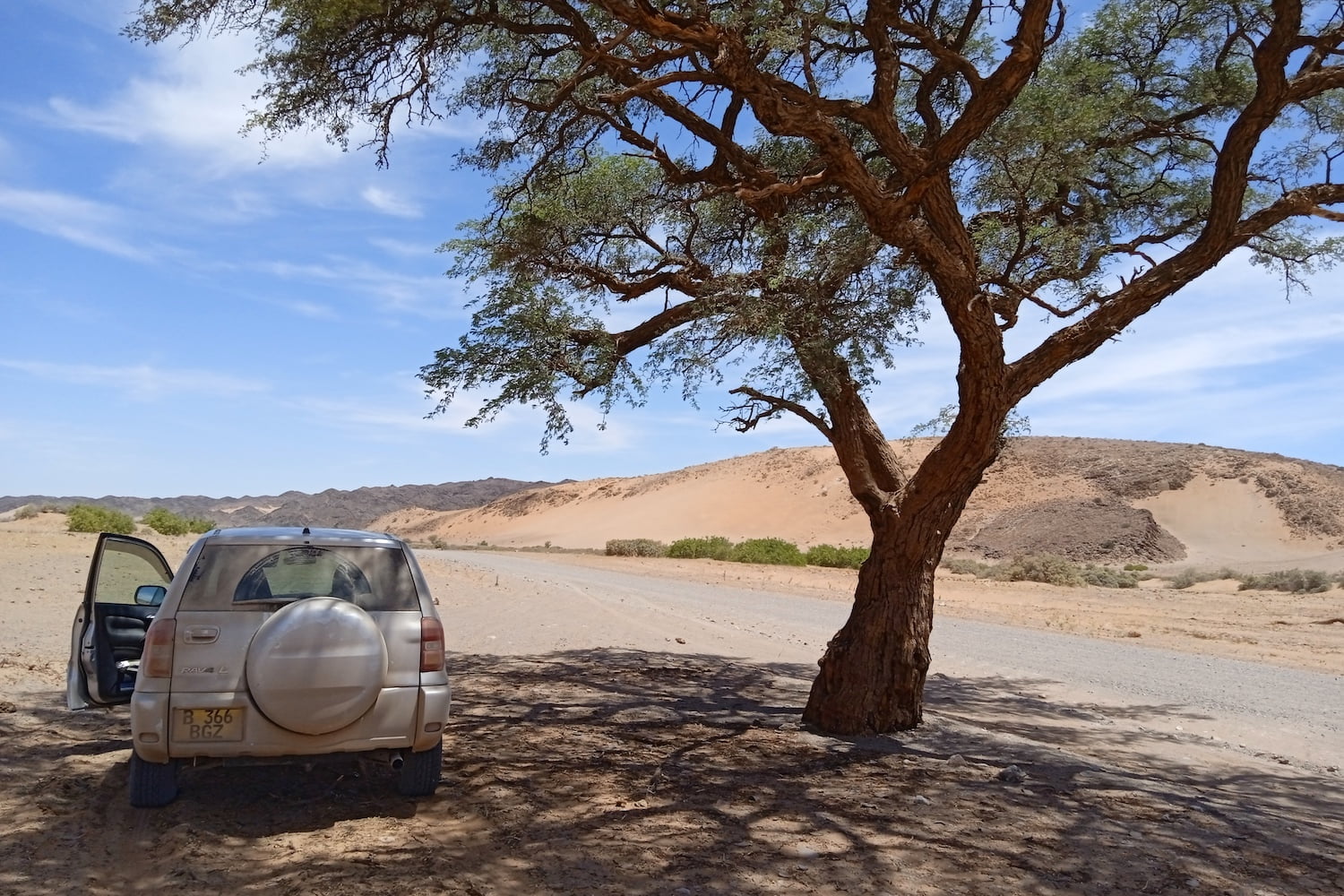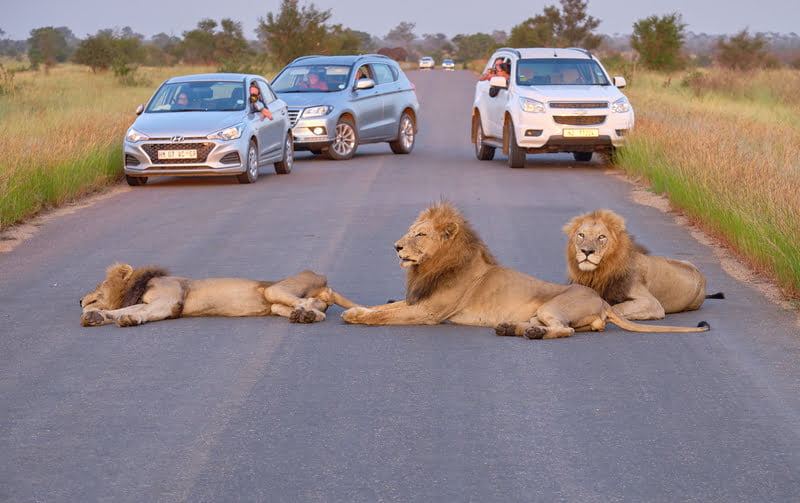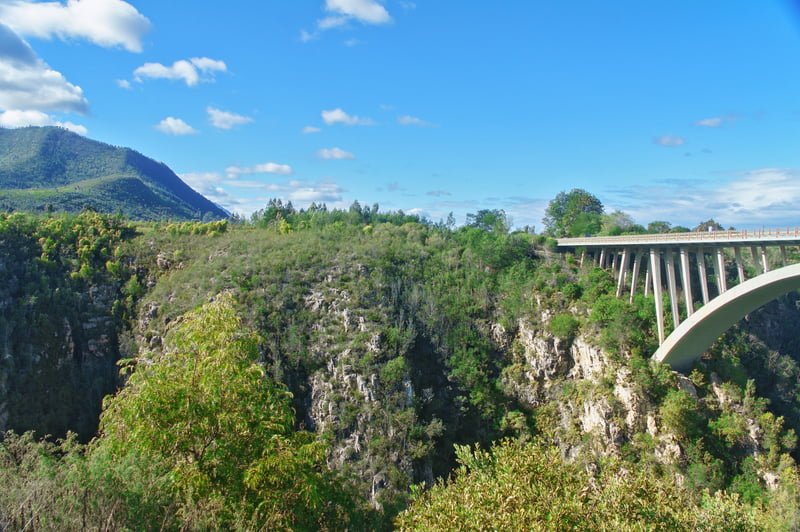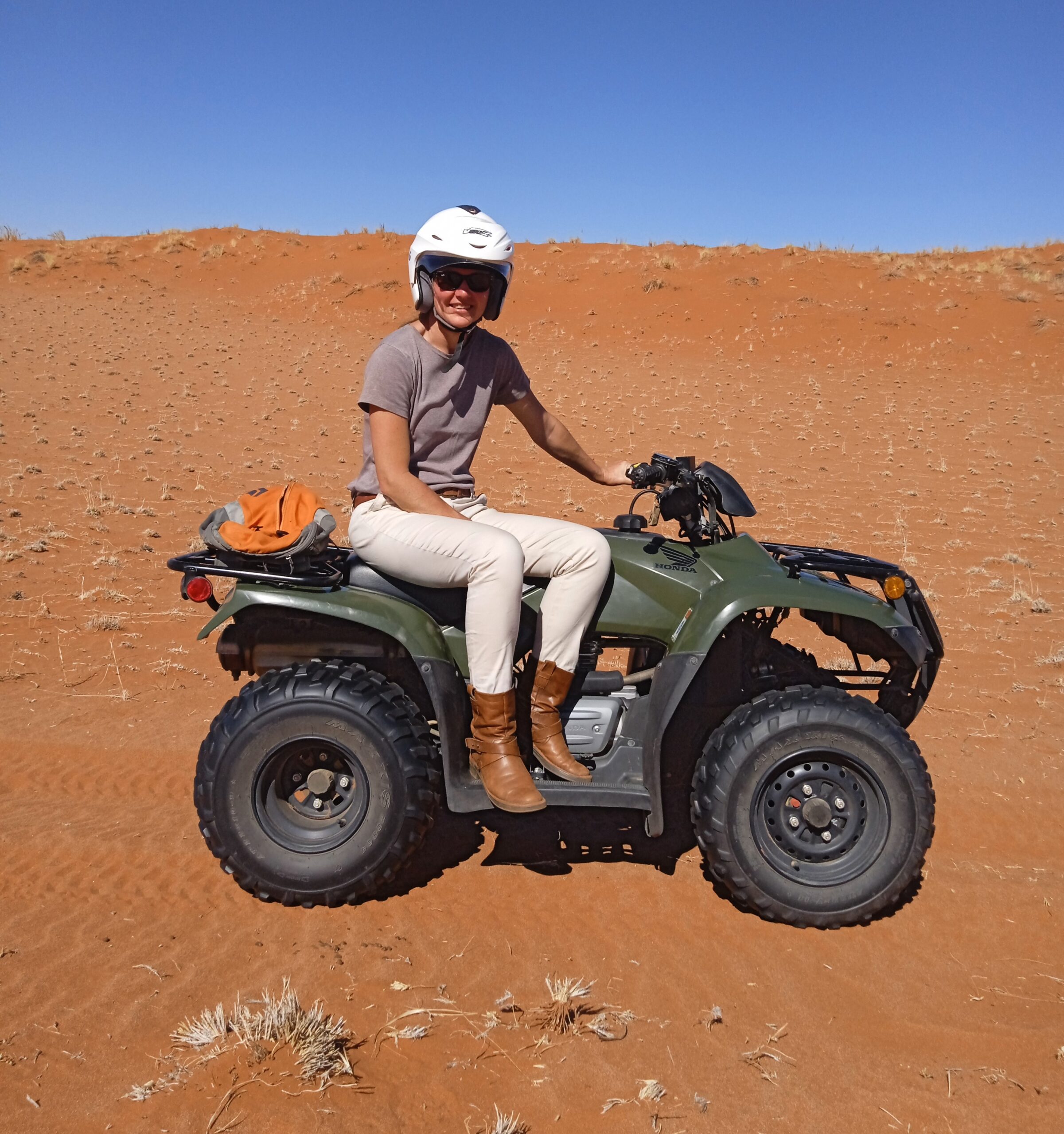Self-driving in Africa: What You Need to Know
It is not unusual for clients who have been on one or two short safaris to ask about driving themselves in Africa and doing a more ‘DIY safari’. While this is definitely possible and thousands of people (including us) do it successfully every season, there is a lot you need to be aware of before embarking on a self-drive adventure.

What’s covered in this guide
Explore the highlights of this post with ease by using the table of contents below to navigate to sections of interest.
The Truth about Self-drive Safaris
These are our self-driving myth busters for those who aren’t hardcore campers or dedicated 4x4ers!
It is not necessarily cheaper or more cost-effective than a regular safari
The monetary costs for a self-drive safari can quickly add up:
- 4×4 rental
- Cross-border fees (if you are doing a multi-destination trip)
- Diesel
- Park entry fees
- IDP or International Driving Permit
- Overnight parking charges (depending on your route)
- Comprehensive insurance
- Roadside assistance
- Fuel
- Maintenance
- Spares and supplies (tyres, extra fuel etc)
Then you need to add:
- Overnight accommodation
- Meals and snacks
- Conservation levies
- Tips
- Flights
- Visas
- Activities and entrance fees
- Medical coverage
While clever planning can bring costs down, it is not necessarily the case that a self-drive option is ‘budget’ or cheaper than a conventional safari. We work with all our clients to wring the most value out of their money, ensuring that every cent goes towards an incredible experience that far exceeds its monetary cost.
Choosing to drive yourself is not necessarily a considerable saving (unless you are roughing in campsites, which is a different proposition altogether).

On a self-drive safari, you have to be your own guide and find your own animals.
Self-driving safaris can take much longer
Distances in Africa are long and you may spend virtually all day driving to your next destination. For an enjoyable vacation, you need to balance days in the 4×4 with time relaxing at your lodge, sightseeing and going on game drives. This means you might have to take more PTO or leave from work in order to fit all your goals in.
If you opt for a fly-in safari, you instantly cut down on transfers between destinations, meaning you have more time on the ground to enjoy game drives, birding and unwinding.
Self-drives can be tiring
As mentioned, you may be spending long days driving on dirt roads, through thick sand and navigating unfamiliar territory where everything from gas stations and snack shops to restrooms are few and far between. This can be exhausting and you need to ensure your plan does not see you and your family spend the majority of your time in the vehicle especially if this is a rare annual vacation.

Wild and domestic animals are common hazards on Africa’s roads.
Very few countries are suitable for occasional self-drivers
Unless you are very experienced with driving 4x4s on unconventional roads, we suggest only parts of South Africa and Namibia as suitable for self-drive safaris. This is because of:
- Extensive tarred road networks
- Generally good road maintenance although this can vary
- Good supporting logistics like cell phone signal, Internet connectivity and petrol stations
- Well-designed maps and logical signage
- Fewer dirt roads unless you are choosing a very remote destination
Botswana is notorious for thick sand while parts of Zambia have sticky black-cotton soil. Road networks in East Africa (Tanzania and Kenya) can be disjointed and supporting logistics unreliable. Remember, roads in private game reserves and public national parks are routinely graded and maintained – this may not be the case in the rest of the country. Good roads in conservation areas do not necessarily mean good roads elsewhere!
In addition, traffic can be very dense in cities like Nairobi (Kenya), Lusaka (Zambia) and Johannesburg (South Africa). As these are common entry points, you may have to navigate heavy traffic before getting on a highway to your destination. This can add several hours to your journey. Trucks, busses, mini-busses and motorbikes are common on Africa’s roads to move goods and people, and enforcement of regulations can be spotty. This could be a culture shock if you are used to a more regulated environment.
In addition, you often encounter livestock such as cattle, goats and donkeys wandering loose as well as dogs around villages and rural communities. These can pose risks to drivers.

Take regular breaks to stretch your legs and ensure you aren’t fatigued.
How to have a great self-drive safari
We’ve driven ourselves in Africa and know from experience that it can be done! To get the most out of your trip, please consider the following:
- Your driving ability: Do you know how not to get stuck in sand? Can you easily drive across rutted or stony roads?
- Your 4×4 experience: Can you change a tyre or amend the pressure for different types of terrain?
- Your stamina: Ideally, your party should comprise at least two adults who can share driving duties and swap seats every two hours.
- The rest of your itinerary: It is logistically the easiest to stick to one country (such as South Africa or Namibia) rather than trying to take a vehicle across a border (you can also pick a new rental in each new country, flying between countries).
- Your goals: If you also want to see game, then consider professional game drives offered by private lodges. Instead of having to drive, navigate and scan for wildlife while wrangling a camera and binoculars, you can sit back and let the guide do all the hard work. We work closely with some of the best Big 5 reserves in South Africa and can guide you through combining a safari with a road trip.
- Your family dynamics: Do you regularly go on road trips at home? Do you like being together in confined spaces for hours at a time?
- The season: Africa’s summer is mostly hot and rainy, which can transform hard-baked dirt roads into mud. We suggest self-driving in the cooler dry season (generally from about May to October). This is also peak season when demand for vehicles and accommodation is highest so ensure you start planning your trip up to a year in advance to ensure availability.
- Your health: When you are on a conventional safari, you are always with staff who know how to access emergency services in their area. Self-drivers need to know to access medical attention, which can be challenging in some places. You and your family should be relatively fit and in general good health.
- Your budget: It helps to do an honest cost-benefit analysis when planning a self-drive safari, calculating whether driving yourself is really worth it compared to having professionals take care of you from arrival to departure.
- Your convoy: If possible, try to arrange driving in convoy especially if you do want to attempt a much trickier destination like Botswana or Zambia. Three cars allows you to help each other out and provide backup for flat tyres, navigation and general morale.
The safest places to self-drive in Africa
Everything from the standard of driving to the condition of the roads can vary widely. From our experience, self-driving is best in the following places:
Namibia
Very little other traffic, great roads and friendly people make Namibia a perennial road-trip favourite. We can create a journey that ties in the big game of Etosha National Park with towering sand dunes at Sossusvlei and endless stars over Namib-Naukluft National Park.

The hard-baked sand of Etosha Pan is perfect for self-drivers.
The Panorama Route
The Panorama Route is a gorgeous stretch in the Greater Kruger area of South Africa around the Kruger National Park. It takes in views like God’s Window and geological features like the Bourke’s Luck potholes and the Blyde River canyon while offering everything from cultural experiences to golf. This is an ideal way to unwind before or after a Big 5 Kruger safari.

The Kruger National Park is extremely popular with self-drivers but sightings can be crowded.
The Garden Route
A stunning stretch of coastline in South Africa that includes Tsitsikamma Forest National Park, Blue Flag beaches, fresh oysters and the tony towns of Knysna and Plettenberg Bay. With plenty for all ages to see and do, it is a popular choice for visitors to Cape Town and can end with a Big 5 safari in the private reserves around Addo Elephant National Park.

The Garden Route is both beautiful and well maintained, making it a favourite with self-drivers.
Self-drive itinerary ideas
Browse our self-drive sample itineraries to get some inspiration – and then get touch so we can personalise your vacation according to your budget and timings.
PHOTO CREDITS Angela Aschmann & Vera Castro








